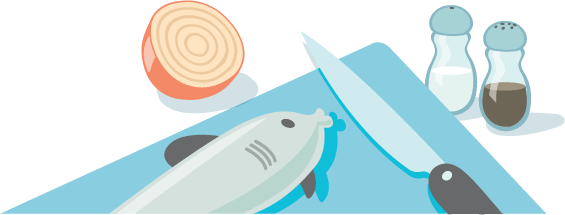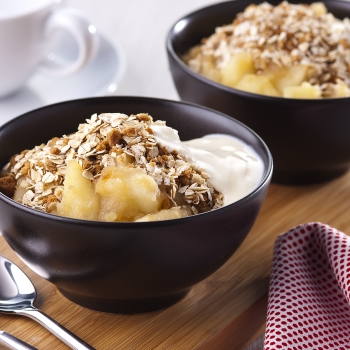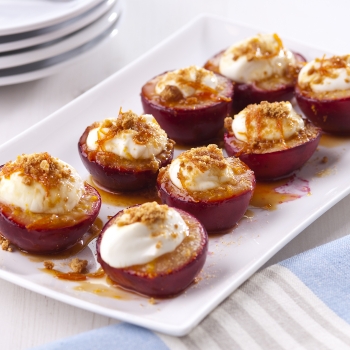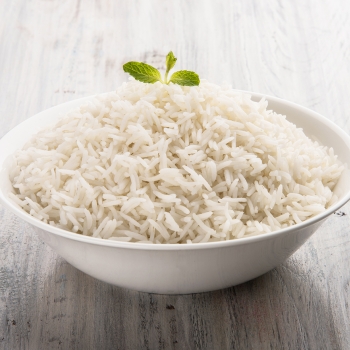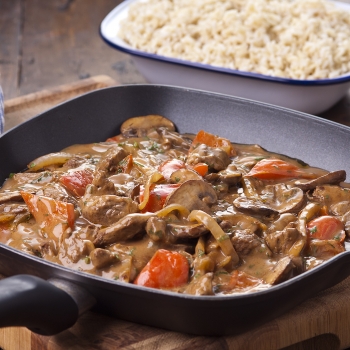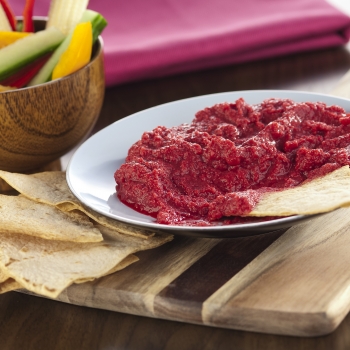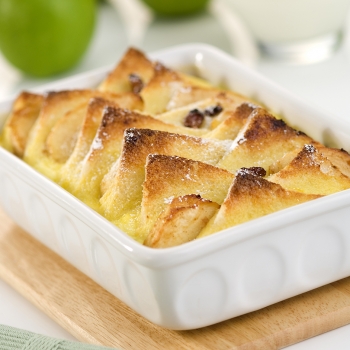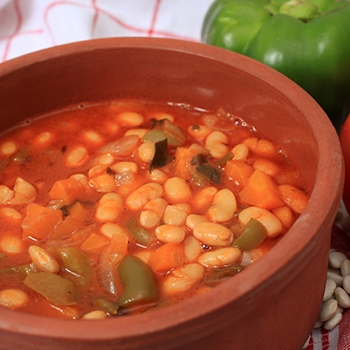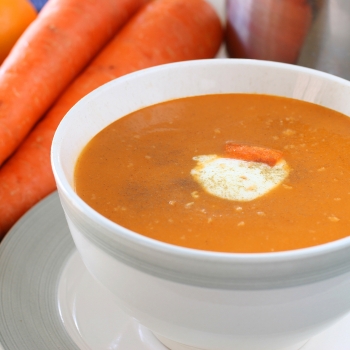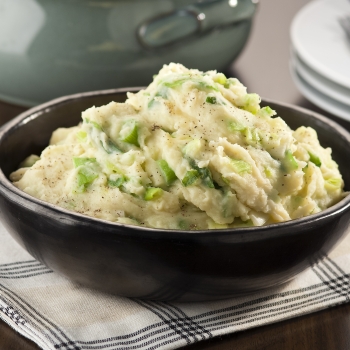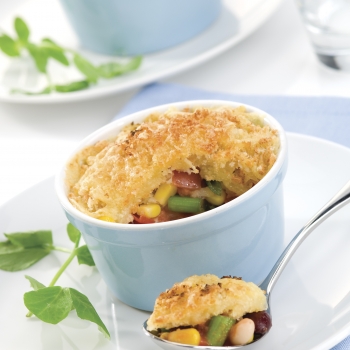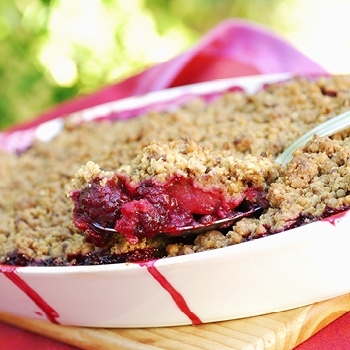
Healthy swaps
Losing weight and living healthier is a marathon, not a sprint. By making a few small changes over time, you’ll see and feel a big difference. Click on the swaps below for some inspiration.

Morning swaps
- Swap a latte for a skinny
- Swap fried eggs for poached or boiled eggs
- Swap a large portion for a smaller portion
- Swap two sugars in your cuppa for one, then swap one for none
- Swap sugery drinks for milk or water
- Swap the car for a bike
- Swap driving the children to school to walk the children to school

Afternoon swaps
- Swap a large portion for a smaller portion
- Swap sugery drinks for milk or water
- Swap a latte for a skinny
- Swap full fat for low fat on dairy (cheese, milk, yoghurt)
- Swap tinned fruit in syrup for tinned fruit in own juices
- Swap two sugars in your cuppa for one, then swap one for none
- Swap cream in sauces for natural yogurt OR swap creamy sauces for ones made with natural yogurt
- Swap creamy sauces in pasta for tomato-based ones
- Swap takeaway for healthy fast food (recipes on the website)
- Swap chocolate or sweets for a hot drink instead
- Swap tea and biscuits for a quick walk
- Swap eating fast for eating slower so your stomach realises it’s full
- Swap standard butter, margarine and spreads for half fat or less
- Swap ‘often’ for ‘sometimes’
- Swap a packet of crisps for a cup of plain popcorn
- Swap chocolate or sweets for a hot drink instead
- Swap a drive to the shop for a walk to the shop
- Swap a trip to the cinema for a trip to the park
- Swap the car park closest to the entrance for one further away
- Swap watching sport for playing sport
- Swap video games for outdoor games
- Swap spending your lunch break sitting in the office for a walk with a colleague
- Swap an email or phone call for a face to face chat
- Swap sitting for moving
- Swap coffee with a friend for a walk and fresh air with a friend
- Swap watching the children play for joining in
- Swap watching the children playing to taking part in hide and seek
- Swap watching the TV for walking the dog

Evening swaps
- Swap a large portion for a smaller portion
- Swap ‘often’ for ‘sometimes’
- Swap sugary drinks for milk or water
- Swap a takeaway for a home-made curry
- Swap having a dessert of your own to sharing a dessert
- Swap cream in sauces for natural yogurt or swap creamy sauces for ones made with natural yogurt
- Swap creamy sauces in pasta for tomato-based ones
- Swap takeaway for healthy fast food (recipes on the website)
- Swap eating fast for eating slower so your stomach realises it’s full
- Swap take away pizza for home-made pizza
- Swap a ‘glug’ for a teaspoon of oil when frying
- Swap chips for home-made potato wedges
- Swap fried chips for oven chips
- Swap fried chicken for grilled chicken
- Swap a packet of crisps for a cup of plain popcorn
- Swap chocolate or sweets for a hot drink instead
- Swap tea and biscuits for a quick walk
- Swap eating in front of the TV for eating at the table
- Swap a drive to the shop for a walk to the shop
- Swap watching sport for playing sport
- Swap video games for outdoor games
- Swap an email or phone call for a face to face chat
- Swap sitting for moving
- Swap watching the children play for joining in
- Swap watching the children playing to taking part in hide and seek
- Swap using the remote for getting up to change the channels
- Swap a night in the pub for a night out dancing
- Swap watching the TV for walking the dog
Top tips for healthy eating and drinking
With just a few small changes you can make a big difference to your long term health. Here are top tips for each of the different sections of the Eatwell Guide.
Simple ways to get your five-a-day
- Start the day with a 150ml glass of fresh fruit or vegetable juice or smoothie – go for an unsweetened variety. Remember you should only count fruit or vegetable juice or smoothie as one portion each day no matter how much you have.
- Top your toast with sliced banana, or add some strawberries, raspberries, grapes, prunes or apricots to your cereal.
- Add salad to your favourite sandwich. Crispy lettuce, cucumber, peppers and juicy tomato really liven things up. Better still, enjoy a bowl of salad with your sandwich.
- Add lots of vegetables to soups, stews and casseroles to help achieve your five a day.
- Tinned, frozen and dried fruit and vegetables also count towards your five a day. Try adding them to smoothies, yogurt, pizzas, casseroles, pasta dishes, risotto and bolognese.
- Add peppers, sweetcorn and red onion to your favourite pizza topping.
- Keep a tub of carrot, pepper and cucumber sticks in the fridge for healthy nibbles.
- Add tinned beans like haricot or red kidney beans to soups and pasta.
Simple healthy ways to take dairy foods and alternatives
- Swap whole milk for semi-skimmed or skimmed (remember children under two years should have whole milk and skimmed should never be given before the age of five).
- Use strongly flavoured cheeses like mature Cheddar or parmesan for cheese sauces – you’ll need less of them to give a good flavour.
- Low-fat natural yogurt is a great way to give a creamy texture in chilli or curry instead of cream or crème fraiche.
- For sandwiches and toppings, look out for half-fat cheeses or try cheeses that are naturally lower in fat, like Edam. For a change, swap your regular cheese for some cottage cheese (perfect on a baked potato).
- Low-fat natural yogurt makes a great breakfast with fruit or unsalted nuts on top.
Simple, healthy ways to eat potatoes, bread, rice, pasta and other starchy carbohydrates
- Potatoes are a firm favourite. To get a fibre boost try washed new potatoes with the skin left on or enjoy a baked potato with a nice crispy skin - it tastes great and doubles the amount of fibre from your potato.
- Like cereal in the morning? Aim for wholegrain ones that have no added sugar and are low in salt.
- If you’re a pasta fan, give the wholemeal variety a go (and for a change try brown rice instead of white.)
- Remember, it’s what you put on these foods that can be fattening, not the foods themselves, so chose tomato-based sauces for pasta and rice instead of creamy ones; don’t add butter, margarine or spread to baked potatoes – try alternatives like baked beans, cottage cheese or chilli.
Simple, healthy ways to eat beans, pulses, fish, eggs, meat and other proteins
- Stock up on dried or tinned pulses, like peas, beans and lentils for adding to soups, stews and casseroles, or use them to make veggie lasagne or curry. They're cheap and a good source of protein. They can also help to lower your blood cholesterol.
- Fish is a fantastic food to include in your diet. Try to include fish twice each week, including one serving of oily fish like mackerel, salmon, sardines and pilchards. Oily fish are a good source of omega 3 fats, which have health benefits for your heart and brain.
- Whit fish is not only a great source of protein, it is low in fat as well.
- Like an egg? Try poaching, scrambling or boiling instead of frying.
- Choose turkey and chicken more often and discard the skin so they are lower in fat.
- Meat is a great source of protein, vitamins and minerals including iron and is an important part of a healthy diet. Buy the leanest cuts you can afford and trim off any visible fat.
- Eating a lot of red and processed meat may increase your risk of bowel (colorectal) cancer. Processed meat refers to meat that has been preserved by smoking, curing, salting or adding preservatives. This includes sausages, bacon, ham, salami and pates. If you currently eat more than 90 grams (cooked weight) of red and processed meat a day, the Department of Health advises that you cut down to 70 grams. 90 grams is equivalent to around three thin slices of beef, lamb or pork, where each slice is about the size of a slice of bread. A cooked breakfast containing two standard British sausages and two rashers of bacon is equivalent to 130g.
- Limit processed meat products such as sausages, salami, pâté and beefburgers, because these are generally high in fat and are often high in salt too.
- Try to limit meat products wrapped in or covered with pastry, such as sausage rolls and pies, because they are often high in fat and salt.
Simple ways to reduce foods high in fat, salt and sugars
- Look out for the traffic light labels on food products when you're in the supermarket and choose products with more greens and ambers and fewer reds.
- Instead of sugary fizzy drinks and squashes, choose water, milk or ‘diet’ versions.
- If you like fizzy drinks, try diluting fruit juice with sparkling water.
- If you take sugar in hot drinks, or add sugar to your breakfast cereal, gradually reduce the amount until you can cut it out altogether. Remember that sugary foods and drinks taken between meals can cause tooth decay.
- On toast, try a low fat spread with sliced banana or low fat cream cheese instead of jam, marmalade or honey.
- Use nutrition labels to help you pick the foods with less added sugar – often savoury foods like cooking sauces contain a lot of sugar, so do compare the labels to find those with less sugar.
- Choose fruit tinned in natural juice rather than syrup.
- Choose plain, wholegrain breakfast cereal like Weetabix, Bran Flakes or Shredded Wheat instead of those coated with sugar or chocolate.
- If you enjoy baking, try halving the sugar you use in your recipes – this works for most things except jam, meringues and ice cream.
- Serve smaller portions of dessert and cake, and try swapping them sometimes for fruit salad or low fat yogurt.
- Have some ready-prepared fruit in a sealed container in the fridge for those ‘nibbly’ moments when you want something tasty between meals.
- Choose tomato-based sauces for pasta and rice rather than creamy or cheese-based sauces.
- Grill, bake, poach or steam food rather than frying or roasting, so you won't need to add any extra fat.
- Measure oil with a spoon rather than pouring it straight from a container – this will help you use less.
- Trim visible fat and take the skin off meat before cooking. Use the grill instead of the frying pan, whatever meat you’re cooking.
- Put more vegetables or beans in casseroles, stews and curries, and a bit less meat. Skim the fat off the top before serving.
- Choose lower fat dairy products such as semi-skimmed or skimmed milk, lower fat cheese and low fat yogurts.
- Keep takeaways for special occasions, not a weekly habit. Choose the lower fat options, eg boiled rice instead of fried, soup instead of fried starters, tomato-based sauces instead of creamy ones, and thick chips instead of skinny fries.
- When making sandwiches, try leaving out the butter or spread – you might not need it if you're using a moist filling. When you do use a spread, go for a lower fat variety and choose one that is soft straight from the fridge, so it's easier to spread thinly.
Simple ways to reduce salt
- Try to use fewer processed foods as these are often high in salt .
- Always check labels and choose the ones that are lower in salt/sodium. Look out for low-salt versions (or low-sodium) of your favourite foods, eg soups, stock cubes, soy sauce etc.
- Go for tinned vegetables and pulses without added salt.
- When cooking, try replacing salt with other herbs and spices, eg garlic, cumin, nutmeg, cinnamon, fresh ground pepper, tarragon, oregano, lemon juice or flavoured vinegar. If you need to add salt, try halving what you normally put in.
- Choose chicken or vegetable toppings for pizza instead of bacon, pepperoni or extra cheese.
- Try to get out of the habit of always adding salt at the table.
- Rock salt and sea salt contain as much sodium as table salt, so there’s no advantage in using these varieties.
Simple ways to enjoy alcohol without piling on the pounds
- If you enjoy drinking alcohol, make yourself aware of the daily and weekly limits and how to work out your ‘unit count’ to make sure you enjoy drinking it without risking your health. You can find more information at www.knowyourlimits.info
- You’ll also find details of the calorie count of different drinks on the drink aware site – a boozy lifestyle can lead to unwanted weight gain and this can lead to other health issues.
- Try to give your body a couple of alcohol-free days a week – remember, alcohol is a toxin, so too much, too frequently over time can lead to serious health problems.
- Lastly, drink plenty of water – our bodies are 60% water, so it’s really important to ensure that we drink plenty of fluid to keep hydrated. We need around 1.6–2 litres of fluid each day – that’s 6-8 cups or glasses of water, sugar-free tea or coffee or ‘diet’ drinks.
Simple healthy tips for food shopping
- Don’t shop on an empty stomach. If you’re hungry and your blood sugar is low, the chances are you’ll be more likely to add more to your basket or trolley (including sugary, salty or fatty foods).
- Make a list and stick to it. It seems obvious, just picking up items as we go along means we’re more likely to buy on impulse, buy more than we need, and often spend more than we planned.
- Remember to compare the labels and choose the products with less fat, saturated fat, salt and sugar. Front of pack labelling can help you to see this information at a glance.
- Know a good local butcher, baker or greengrocer? Shopping here means you’re more likely to buy only what you need and you’ll be helping your local economy too.

